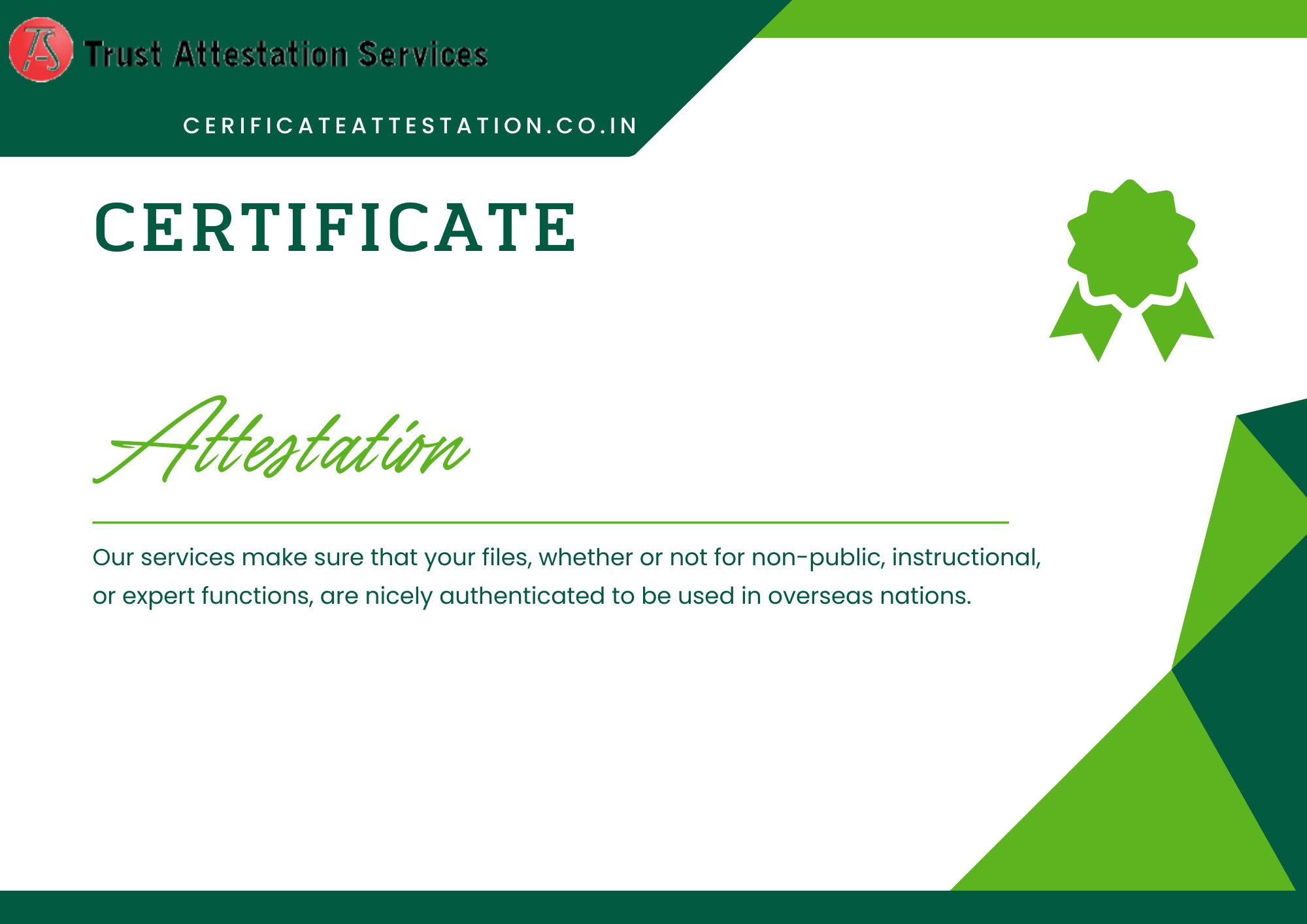In today’s fast-paced world, staying ahead of the curve is no longer just an option — it’s a necessity. Industries are evolving at an unprecedented rate, and the ability to identify emerging trends can be the difference between success and stagnation. If you don’t know what’s coming next, you could already be falling behind.
The Growing Importance of Trendspotting
Consider this: in the past decade, industries like technology, fashion, and business have experienced seismic shifts. The rise of AI and automation, for example, has fundamentally changed how businesses operate. According to a 2023 McKinsey report, 75% of businesses are already using AI in some form, with projections indicating that AI will contribute $15.7 trillion to the global economy by 2030. For businesses and individuals who fail to stay informed about these shifts, the risk of falling behind is very real.
The power of spotting trends early lies in the ability to adapt and innovate before the competition does. A few years ago, businesses that were quick to embrace e-commerce and digital transformation gained a competitive advantage — and those who didn’t are now playing catch-up. In the fashion industry, the rise of sustainable fashion is transforming how brands create and market products. Brands like Patagonia and Everlane are leading the way with eco-conscious initiatives, and consumers are following suit. In 2021, a Statista survey found that 73% of U.S. consumers were willing to pay more for eco-friendly products. Ignoring this trend means losing out on a growing market.
Why Trendspotting is Crucial
Trendspotting is more than just noticing the obvious changes; it’s about understanding the signals and knowing how to interpret them. Whether it’s shifts in consumer behavior, technological breakthroughs, or cultural movements, being able to recognize emerging trends allows you to make smarter decisions and position yourself or your business for success.
For example, remote work was a niche trend that exploded during the COVID-19 pandemic, but now it’s a permanent fixture in many industries. According to a 2022 Gartner survey, 47% of organizations plan to allow employees to work remotely full-time moving forward. If your business hasn’t embraced flexible work policies, you could already be losing talent and productivity.
The Risks of Falling Behind
Failing to keep up with trends doesn’t just affect businesses; it can impact careers, too. Employees who don’t stay on top of developments in their field are more likely to find themselves irrelevant as industries evolve. The average lifespan of a company on the S&P 500 index has decreased from 33 years in 1965 to just 20 years today. Companies that fail to innovate and adapt to emerging trends face a greater risk of obsolescence.
Moreover, industries like health and wellness are also being reshaped by advancements in telemedicine, wearable technology, and mental health awareness. Consumers are becoming more health-conscious, and those who don’t recognize this shift risk being left behind. According to the Global Wellness Institute, the global wellness economy was valued at $4.4 trillion in 2020, with an annual growth rate of 5-10%. This growing sector offers endless opportunities for businesses to innovate and capitalize on the changing consumer landscape.
Staying Ahead: What You Can Do
To stay ahead, it’s important to develop a trendspotting mindset. Here are a few practical steps to get started:
Diversify Your Sources: Don’t rely on just one industry. Follow blogs, podcasts, and news outlets across various sectors (tech, fashion, health, business) to get a holistic view of what’s happening.
Engage with Thought Leaders: Follow influencers, thought leaders, and experts who specialize in trendspotting. Their insights can help you stay informed and interpret shifts in the market.
Use Data: Utilize data analytics tools to track changes in consumer behavior, market trends, and technological advancements. Data-driven insights can help you predict what’s coming next.
Innovate and Adapt: Spotting trends is only part of the equation. You need to act on them. Be proactive in integrating new ideas, technologies, or strategies into your work or business.
Conclusion
The world is evolving faster than ever, and those who don’t keep up will inevitably fall behind. Whether you’re an individual or a business, understanding the trends that are shaping your industry is essential for staying competitive. By staying informed, embracing change, and adapting quickly, you can ensure you’re not just reacting to trends but leading them. So, ask yourself: do you know what’s coming next? If not, now is the time to start looking ahead.
Also Read
- ► Women’s Footwear: Trends, Types, and the Global Market
- ► Unlocking Success: Bclub.cm Choice for Reliable CC and CVV
- ► Interior Plus offers premium house interior design services.
- ► Elevating brands with effective BTL advertising
- ► Why Are Gypsum Partitions a Popular Choice for Modern Interiors?
- ► Gallery Dept. Hoodie: The Ultimate Blend of Artistic Expression and Streetwear Style
- ► Tips for Selecting Fresh Flowers for Delivery
- ► Cortez Joggers: The Perfect Fusion of Comfort and Street Style
- ► Role of FinTech in Expanding the Reach of NBFC Services
- ► Turning Silver into Cash: A Comprehensive Guide to Selling Your Silver
- ► Enhance Decision-Making with Business Data Visualisation in Australia
- ► Mitolyn Weight Loss Supplement
- ► Top 10 Sorry Gifts That Say You Care
- ► Why Enrol In SEO Advanced Course Training?
- ► What Are the Best Team Building Activities for Teams?




